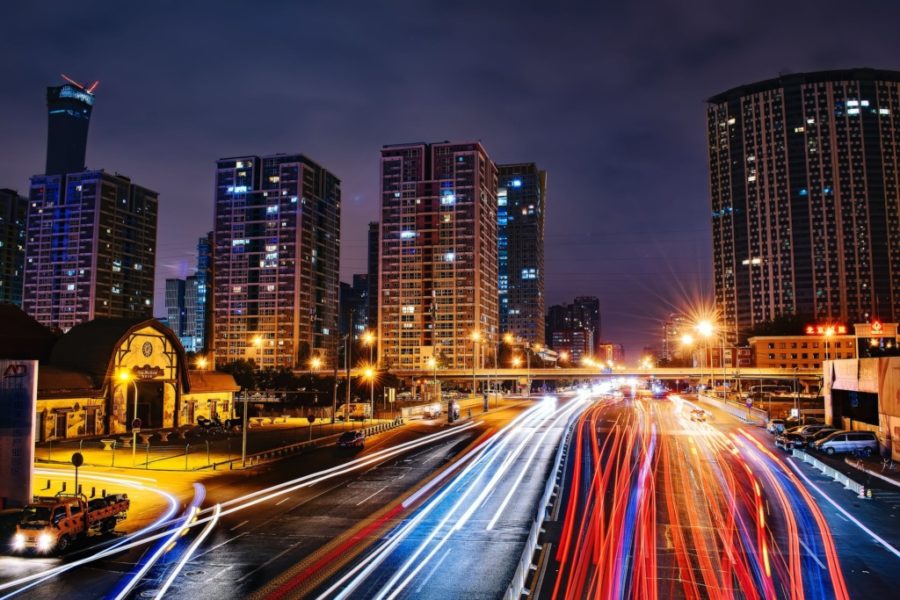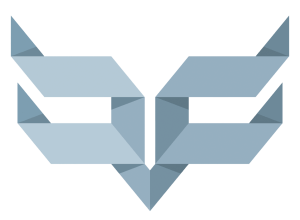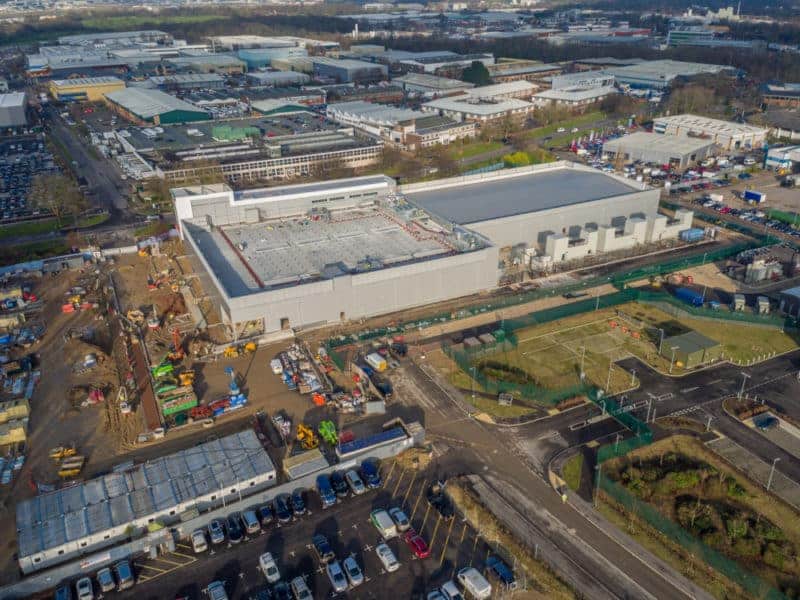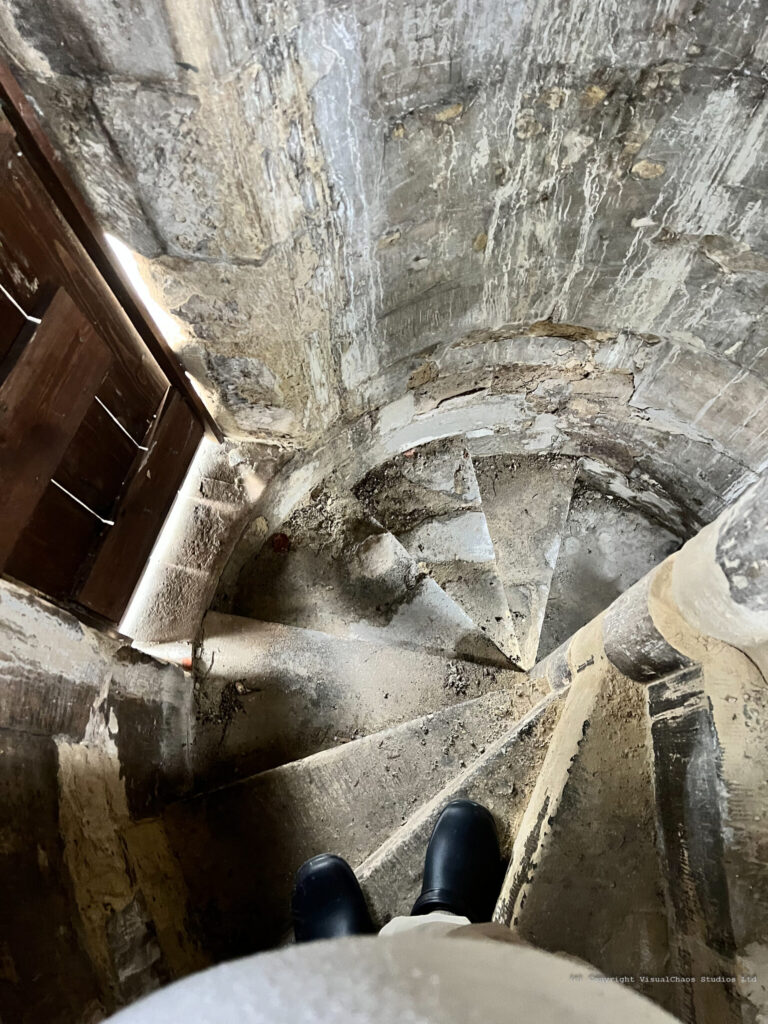
Drone Time Lapse and Hyper Lapse Photography

Whilst time lapse photography is a relatively well known thing, hyper lapse might be a little less familiar. Essentially time lapse photography is taken from a single static point whereas hyper lapse involves movement to create a dynamic result.
Both time lapse and hyper lapse sequences are possibly and indeed impressive, when created using UAV. In fact, Drone Media Imaging can capture images using a mix of drone elevated mast and ground based photography to capture your project in its entirety.
Time lapse and hyper lapse videos are an engaging way to capture large scale projects that take place over an extended time scale. They not only provide a record of projects that you have undertaken, they also provide captivating marketing material to entice your potential clients to hire you.
Expert Infrared Inspections for Accurate Thermal Assessments
Need professional thermographic analysis for your project? Our certified experts use the latest infrared technology to deliver precise results. Contact Drone Media Imaging today for expert thermal imaging services.
related posts
The use of drones equipped with thermal imaging cameras has revolutionized fire safety measures in solid waste landfill sites. These drones can detect temperature variations and hotspots, allowing operators to identify areas at risk of combustion and take proactive measures to prevent fires. Additionally, thermal imaging technology can detect thermal emissions and chemical and physical parameters, providing valuable data for monitoring and managing landfill sites. This technology has already shown promising results, reducing the number of fire incidents in landfill sites and minimizing environmental impact and health risks. As the technology continues to advance, drone environmental thermal imaging is expected to become an indispensable tool in solid waste landfill site management.
Thermography, also known as thermal imaging, is a powerful tool that can be used to detect and analyze temperature variations in buildings. It has become increasingly popular in the field of energy efficiency as it allows for the identification of cold thermal air bridges and reverse chimney effects. By utilising thermography, building owners and energy efficiency professionals can take proactive measures to improve the energy performance and comfort of buildings.









